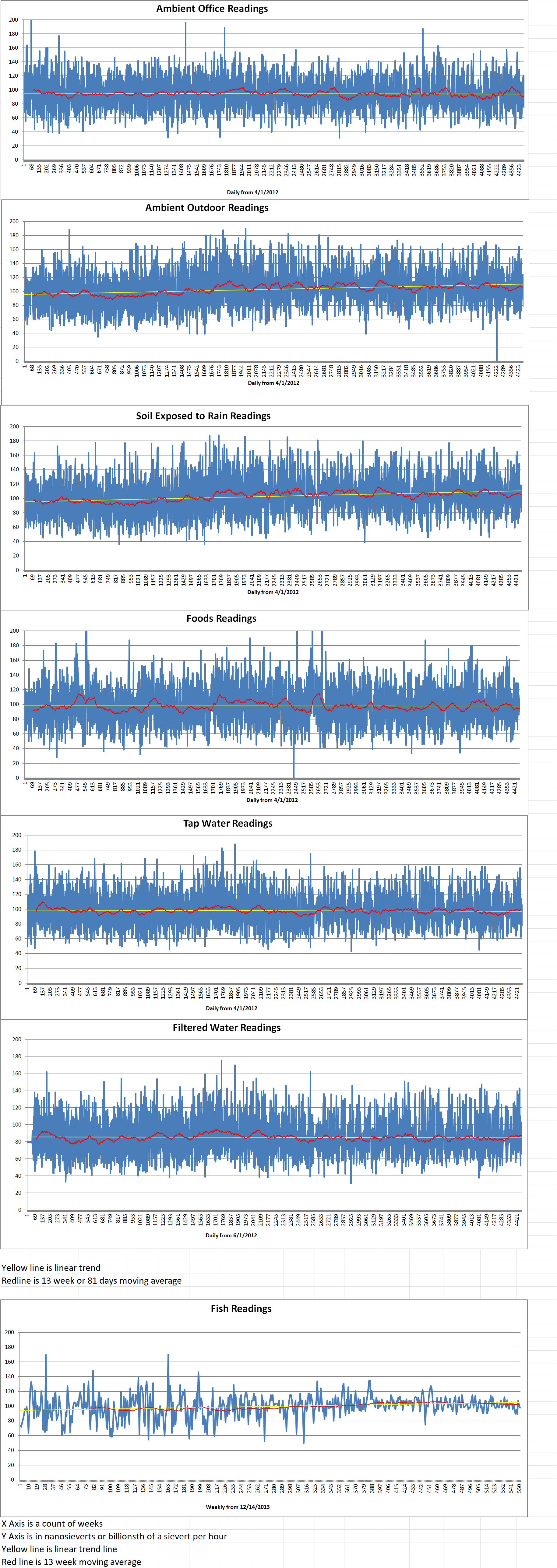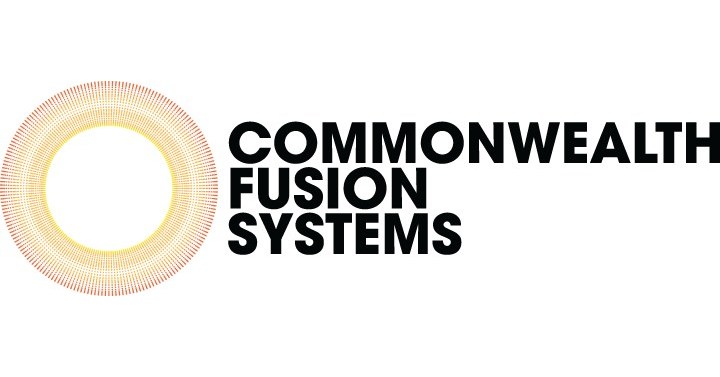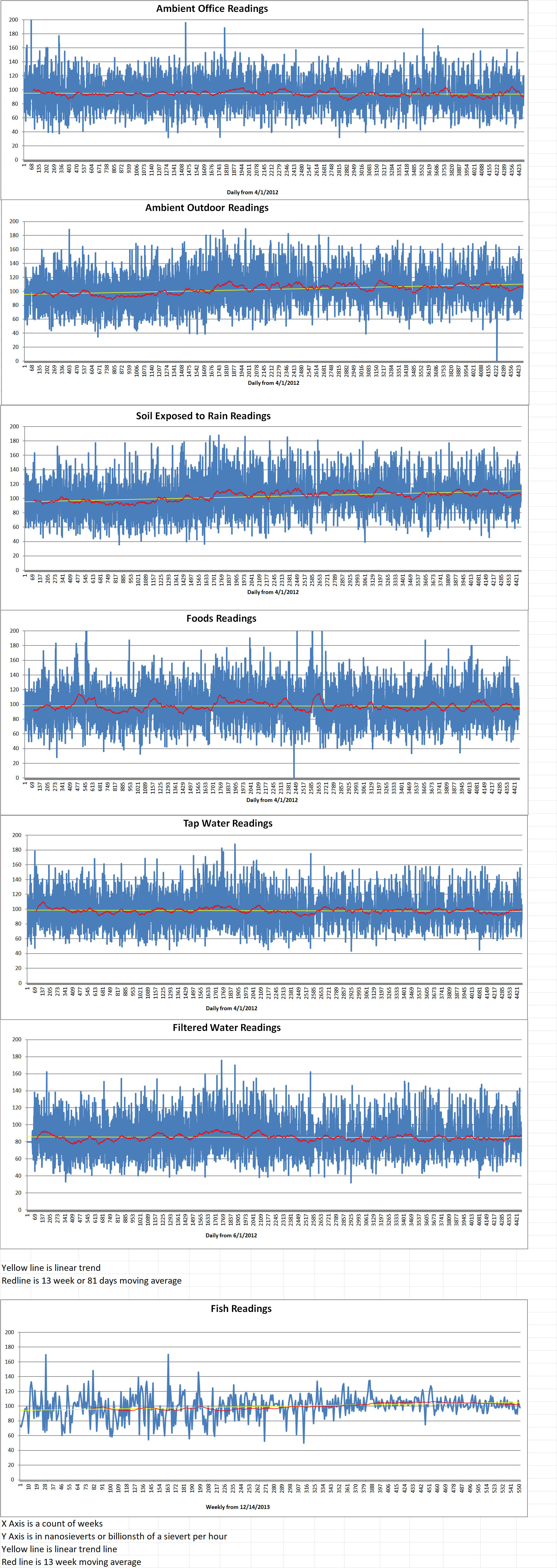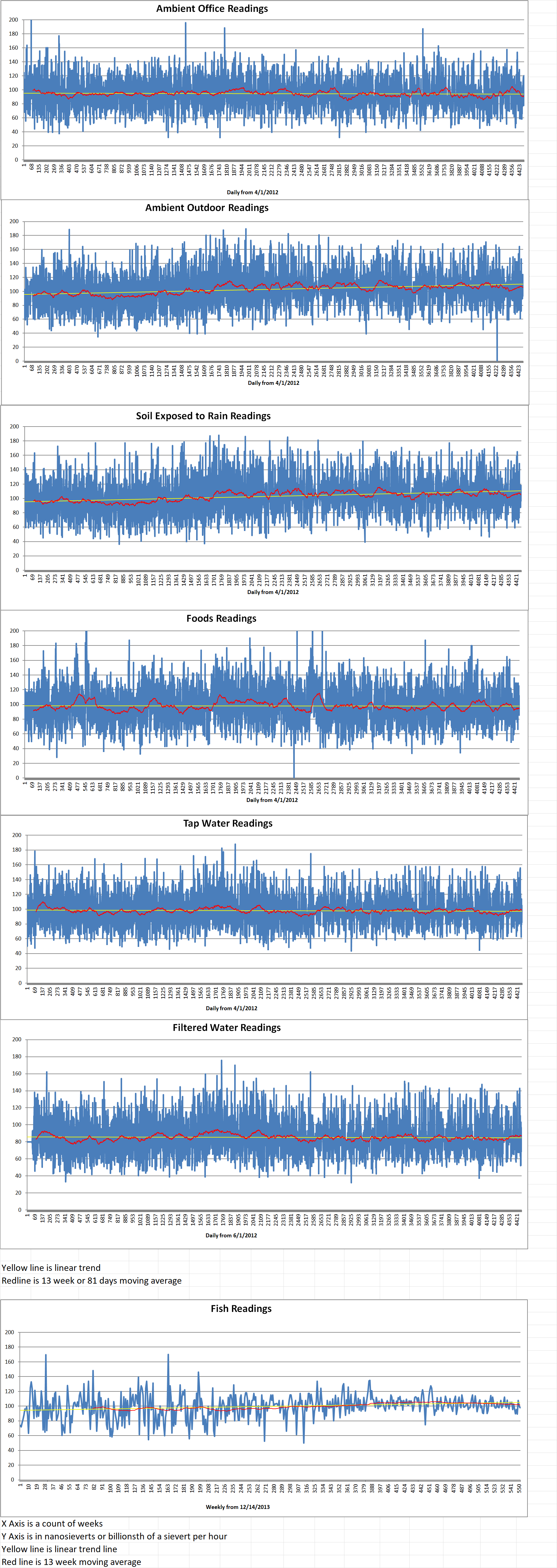Part 1 of 2 Parts
Months ago, it was revealed that the state’s first small modular nuclear reactor would not be built in Southwest Virginia. Local officials are now pushing for a study on the feasibility of placing a smaller nuclear generator, a microreactor, in Wise County, Virginia.
On Tuesday, a one hundred-thousand-dollar grant that would fund such a study was approved by the GO Virginia Region 1 Council which is an economic development initiative that covers Southwest Virginia.
Microreactors are compact nuclear reactors that are small enough to be transported by truck. Most of the designs would produce up to twenty megawatts of thermal energy that could be utilized directly as heat or converted to electric power, according to the U.S. Department of Energy’s Office of Nuclear Energy. A small modular nuclear reactor, or SMR, ranges from fifty to three hundred megawatts.
Currently, there are no microreactors operating in the U.S. Russia has several operating microreactors, according to the Idaho National Laboratory (INL), one of seventeen national labs in the U.S. Department of Energy
The INL says on its website that new microreactor designs equipped with advanced technologies are being developed by several organizations and companies. Demonstrations of these new microreactors are expected to be held within the next seven years.
Duane Miller is the executive director of the LENOWISCO Planning District Commission. He told the GO Virginia council last Tuesday that microreactor technology has been used in submarines and aircraft carriers for the last seventy years.
LENOWISCO is currently assisting the county in its effort because the project could be significant to the region, according to Miller. He went on to say that the broader region of interest for the project is Lee, Wise, Scott and Dickenson counties and the city of Norton.
After the GO Virginia meeting, Miller claimed that microreactors could provide a stable and consistent power supply to rural areas like Southwest Virginia. This would reduce dependence on “intermittent” sources such as solar or wind power while acting as a recruitment tool for economic sectors that use a lot of energy.
Miller added that “It is our hope that when completed, this project funded by GO Virginia will assist the region on the best path to move forward.” Microreactors can be designed to assist with powering critical infrastructure like hospitals, universities and water treatment facilities, he said. This would ensure that these services remain operational in rural areas.
The proposed study would identify and analyze a prospective site for a microreactor and the infrastructure that would be required, according to the grant application. It would also detail the baseload power capabilities and help identify customers such as data centers, the application states.
Mike Hatfield is the Wise County’s administrator. He said that his county is interested in the possibility of a microreactor because it “wants to remain an energy leader for Virginia.” The county is reviewing all current forms of energy generation including gas, solar, wind, hydrogen and nuclear, according to Hatfield. He went on to say that the county would likely use a microreactor to provide energy to locations that can’t get efficient energy from the local power grid, such as a data center.
GO Virginia
Please read Part 2 next






